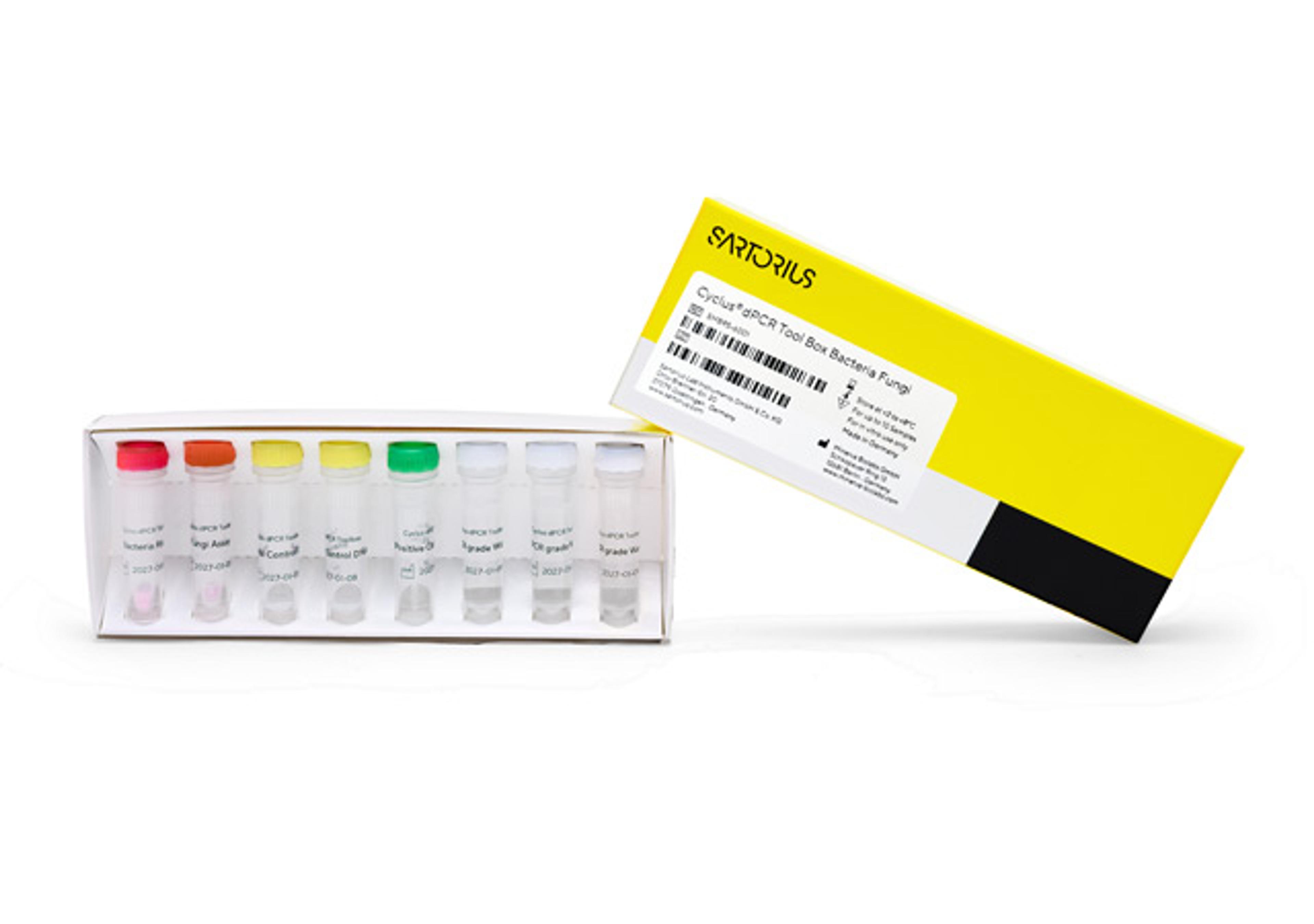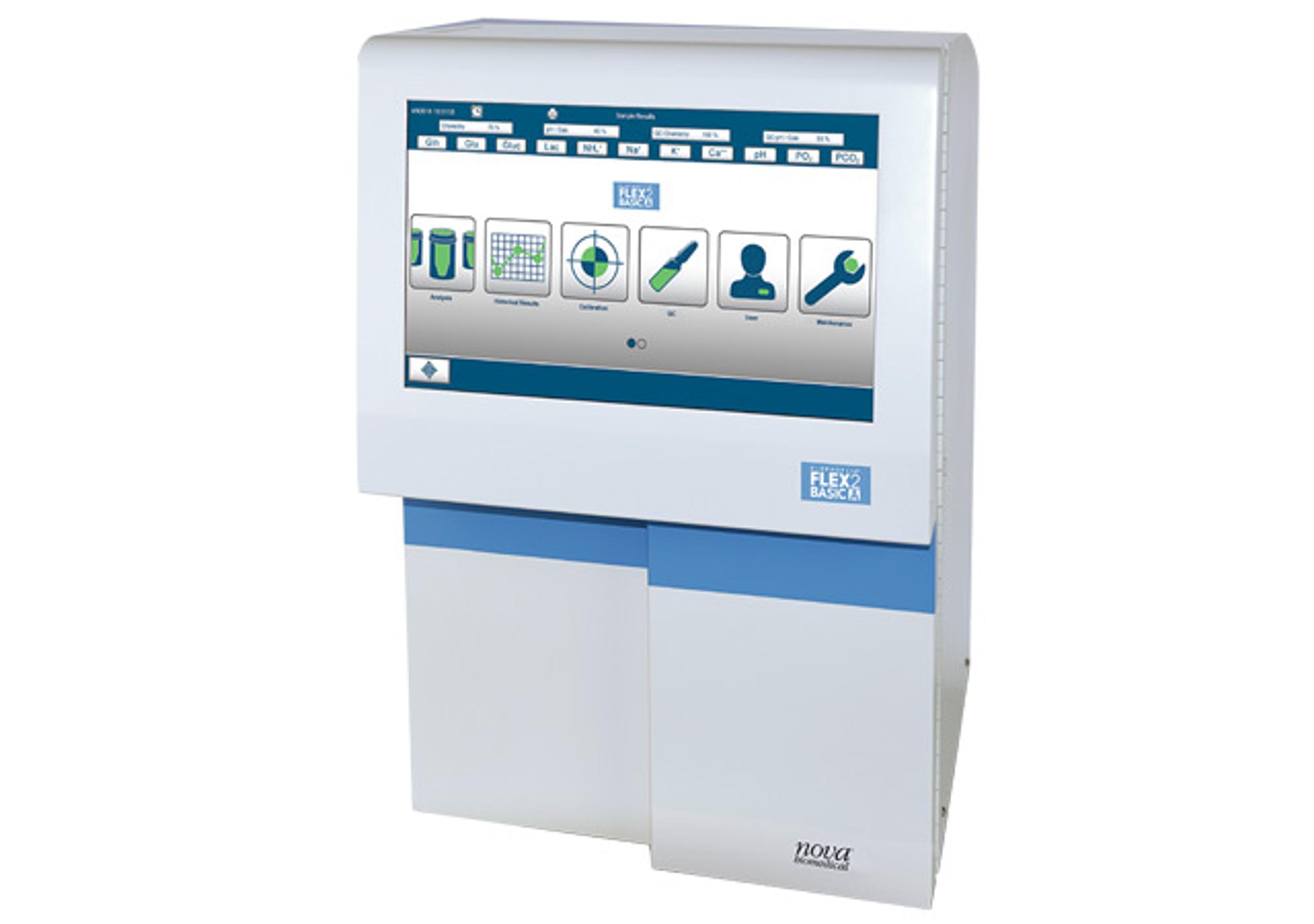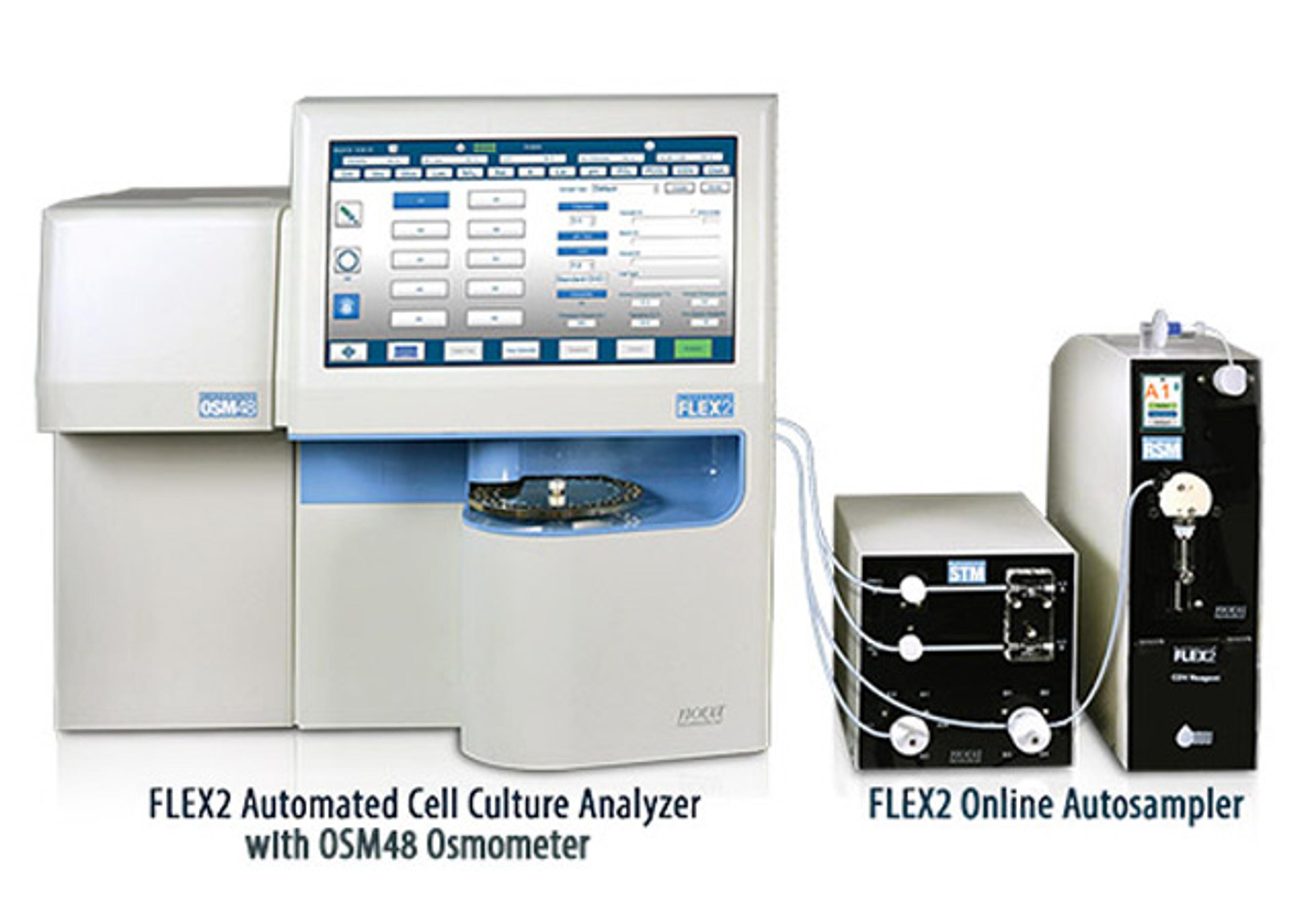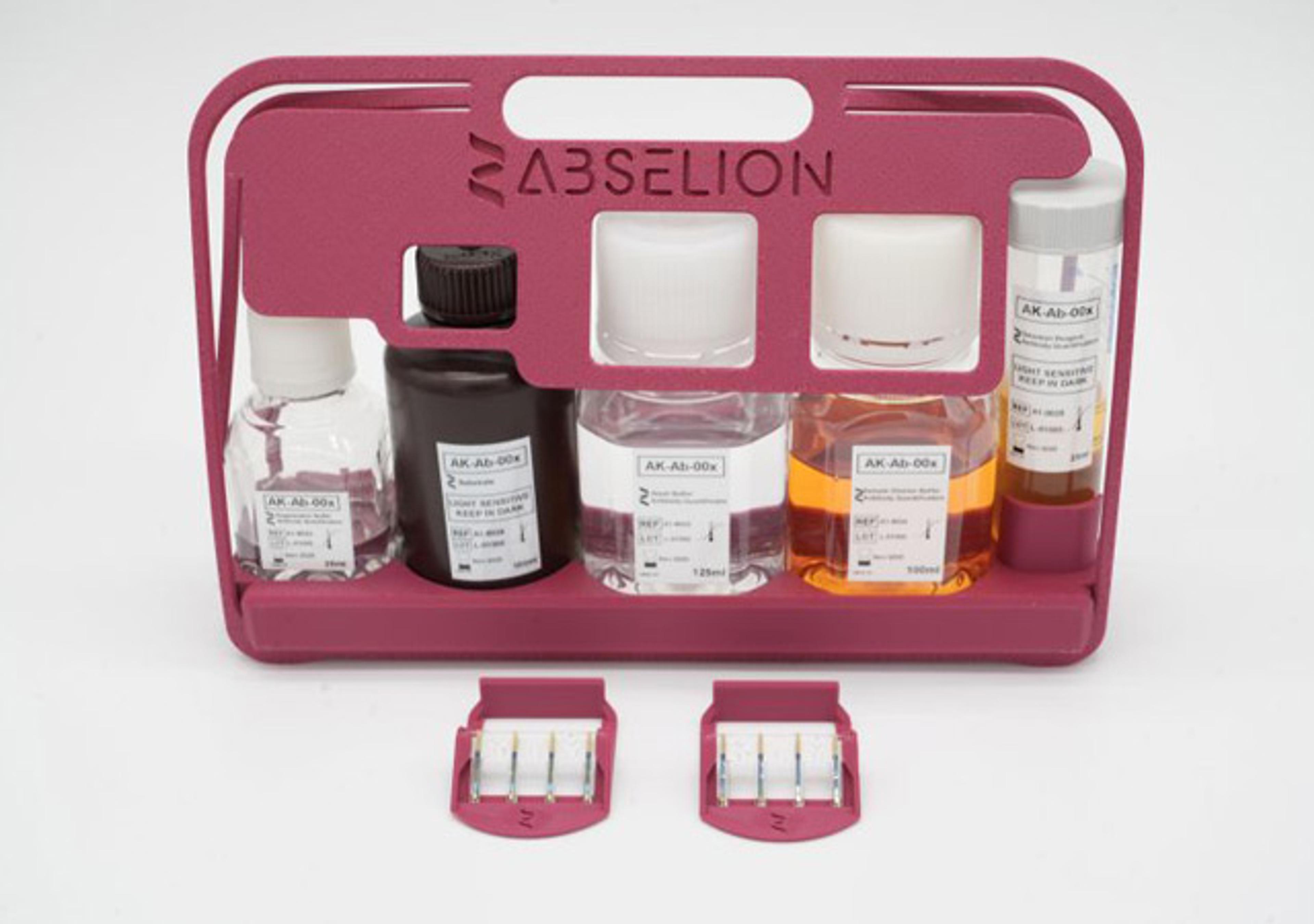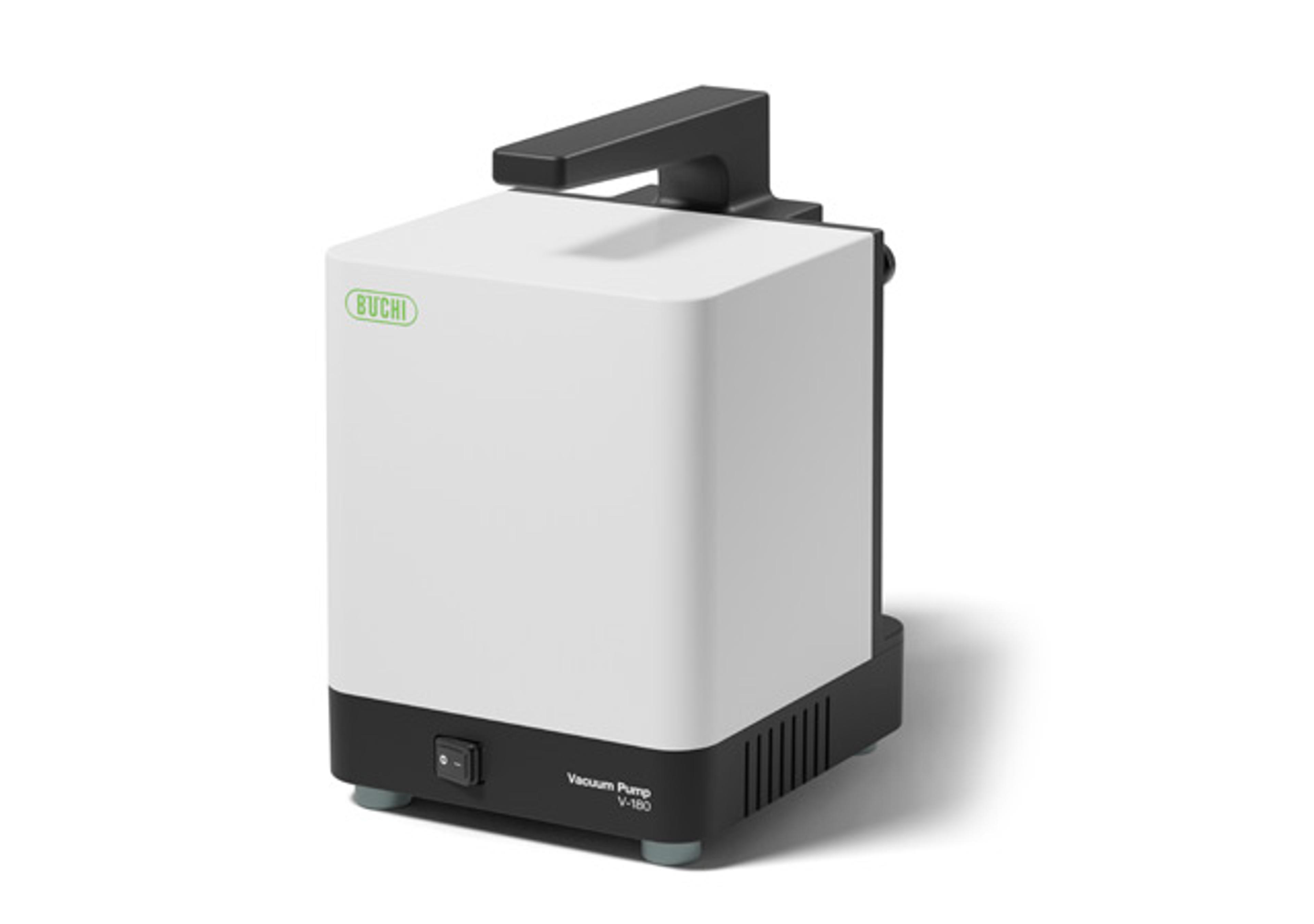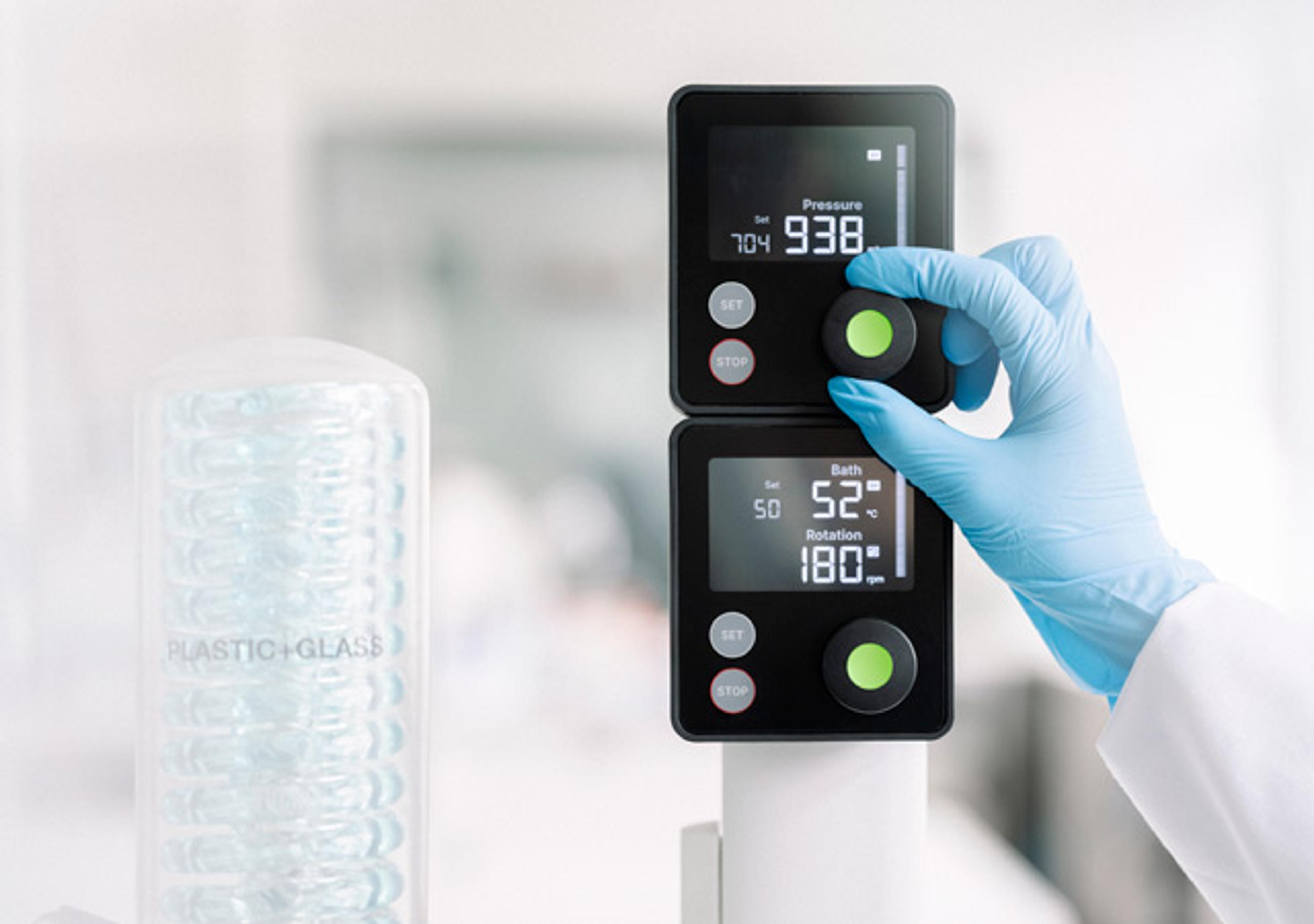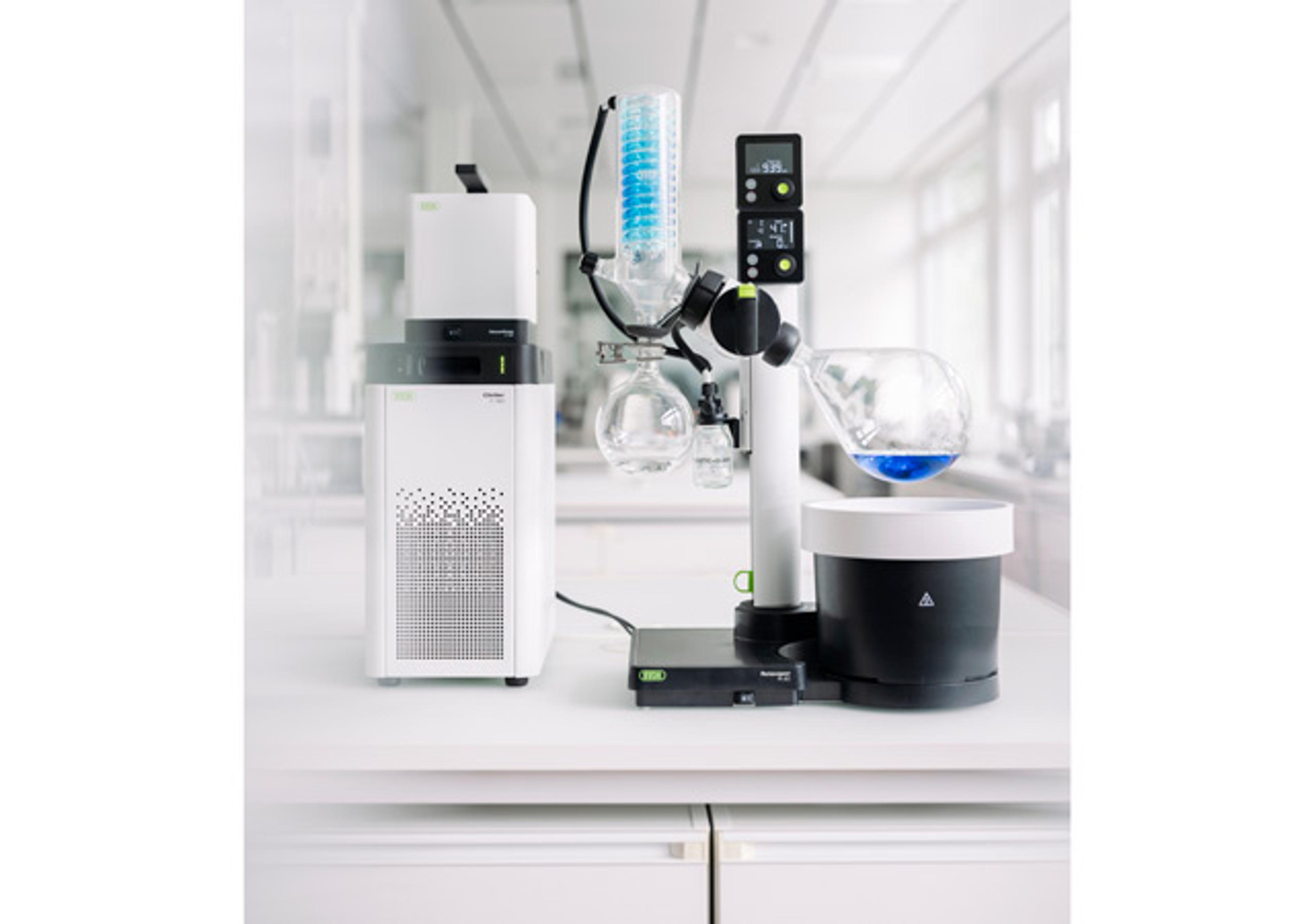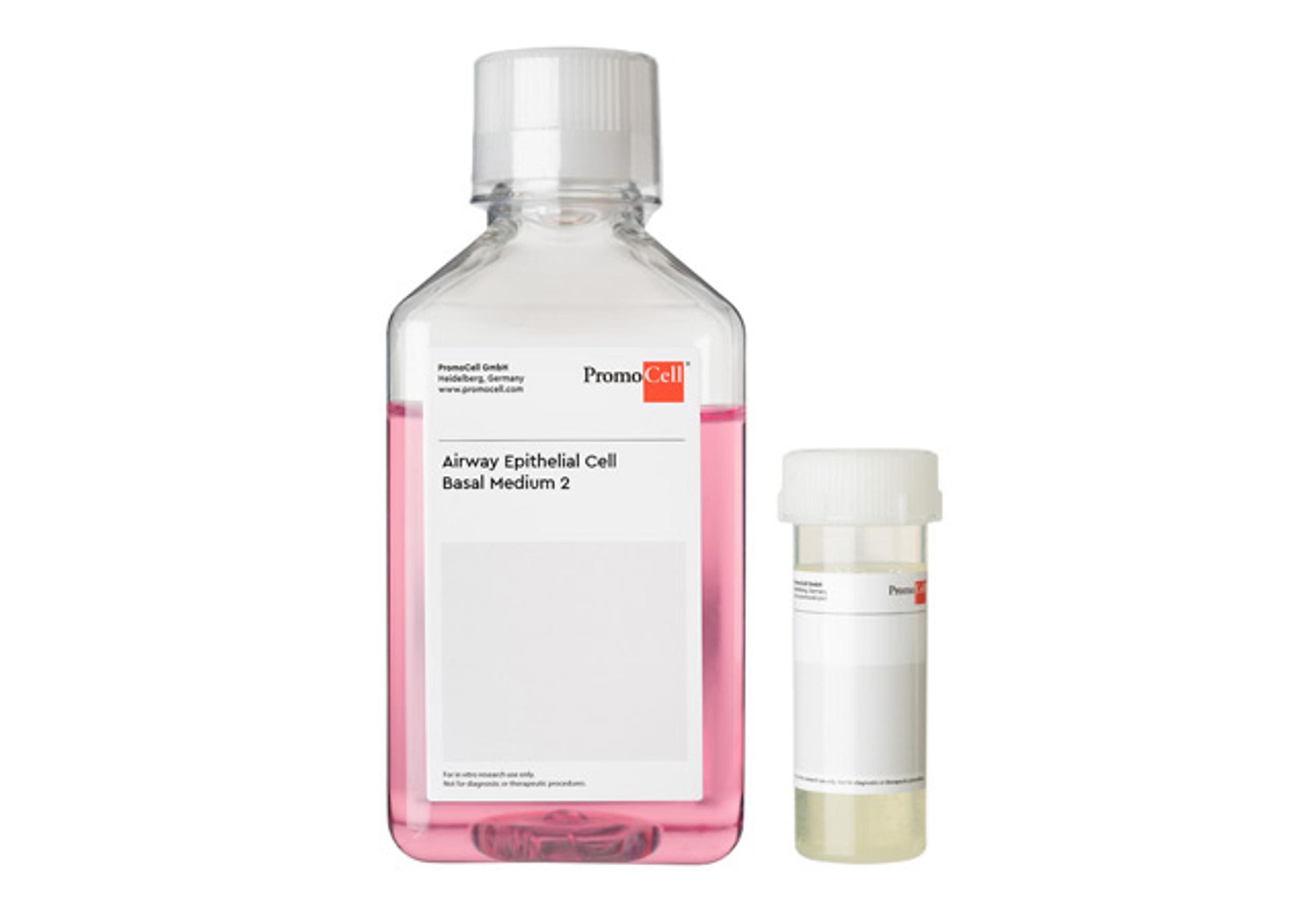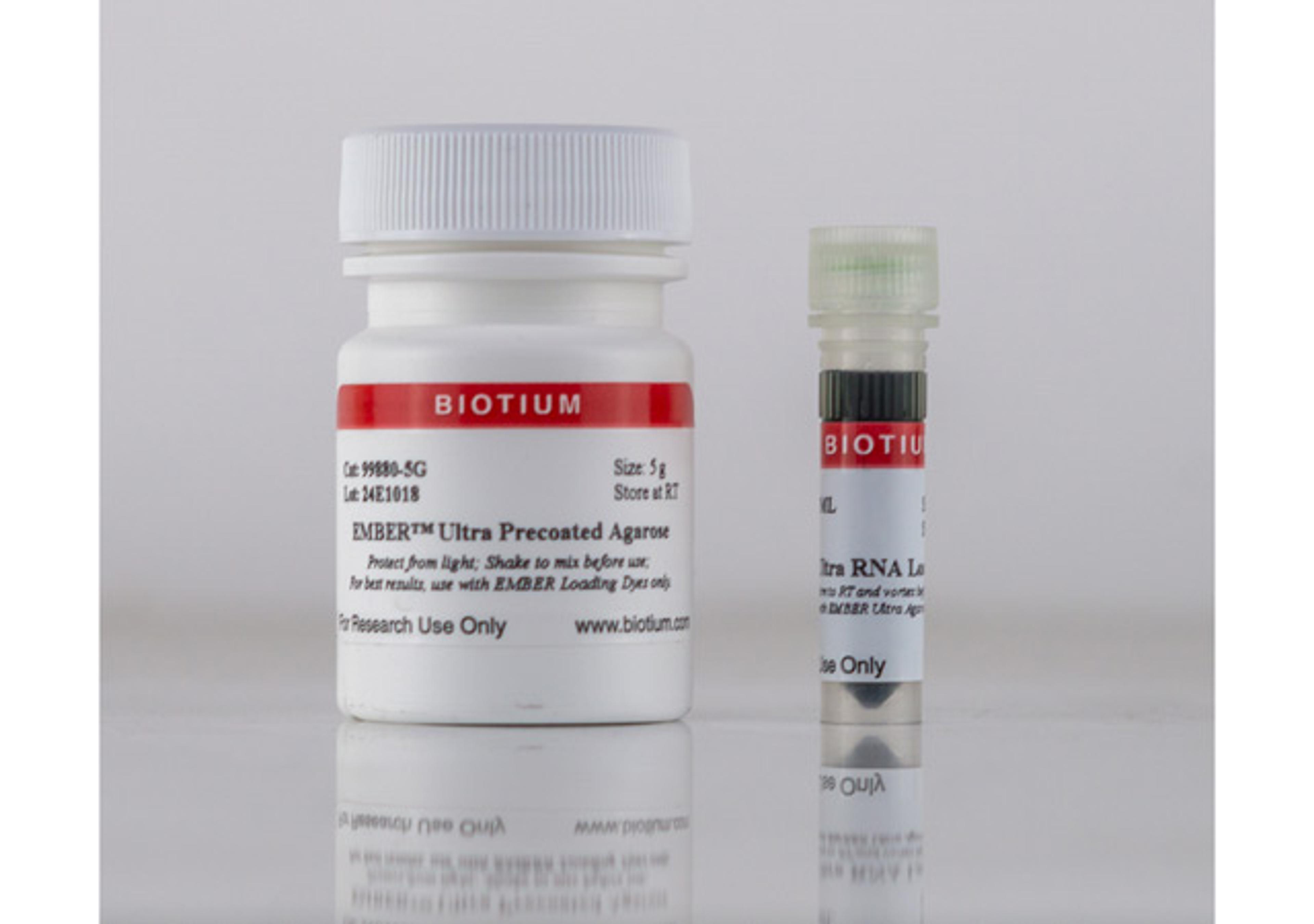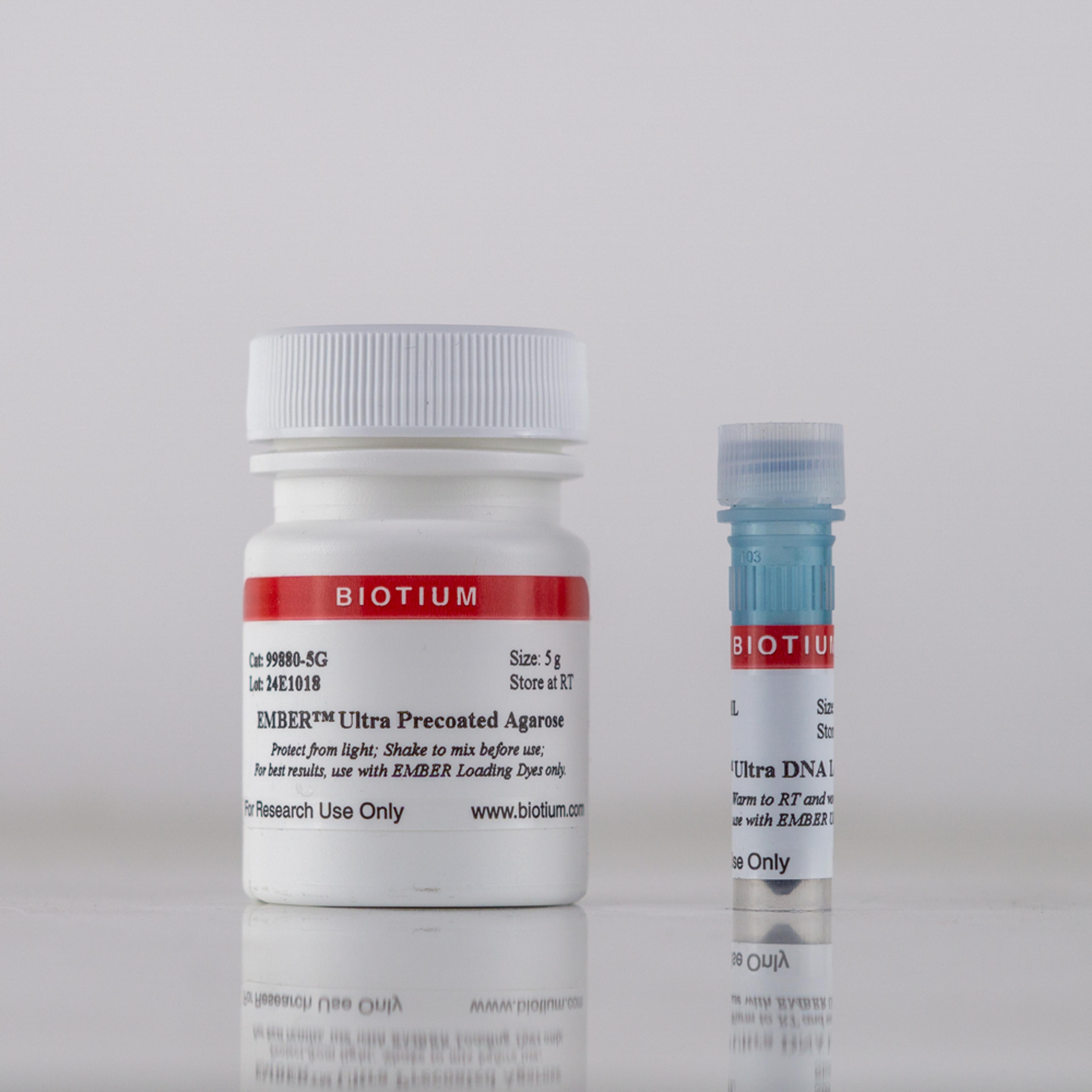Yersinia enterolitica IgA
High Quality Assays with Reproducible and Reliable Results

The supplier does not provide quotations for this product through SelectScience. You can search for similar products in our Product Directory.
Enzyme immunoassay for the qualitative and quantitative determination of IgA antibodies against Yersinia enterocolitica in human serum and plasma.The pathogenic germs Yersinia pestis, Y. pseudotuberculosis, Y. enterocolitica and Y. ruckeri belong to the genus Yersinia as a member of the enterobacteriacea family. All the species of medical importance occur facultatively inside the cells, which leads to the characteristical inflammation of the lymphatic tissue in the course of an illness. Yersinia enterocolitica is taken up orally, and the symptoms in a patient are terminal ileitis as well as diarrhoea. It is difficult to make a separation from appendicitis by differental diagnosis. In the course of a retarded immunological reaction, extraintestinal manifestations like erythema nodosum, uveitis, and arthritis can appear. It has been claimed that the background for a reactive arthritis caused by Yersinia consists in the local synthesis of antibodies in the joints (synovial fluid). Yersinia can be characterized without problems by standardized bacterial tests, after isolation in a pure culture. Following a human disease, above all the serotypes O3, O8 and O9 are found. Cross-reactivities to Brucella are described and have to be taken into account by the differential diagnosis. The classical serological detection method has always been the Widal test. Further increasingly popular methods are the HAT, theKBR test as well as the ELISA. The enzyme immunoassay is characterized on the one hand side by a high sensitivity, but also by the possibility to differentiate between IgG and IgA/IgM antibodies. The immunoglobulin classes IgA and IgM should be referred to as a criterium of interpretation for an active process, when an arthritic disease is suspected. Because there exists also an immunological similarity with the thyrotropin receptor, the test can also be employed for the confirmation of the autoimmune Graves’ disease. As aconfirmatory test with the possibility of an identification of separate bacterial proteins as well as for the exclusion of cross-reactivities, the Western Blot method has proved successful.Solid phase enzyme-linked immunosorbent assay (ELISA) based on the sandwich principle. The wells are coated with antigen. Specific antibodies of the sample binding to the antigen coated wells are detected by a secondary enzyme conjugated antibody (E-Ab) specific for human IgA. After the substrate reaction the intensity of the color developed is proportional to the amount of IgA-specific antibodies detected. Results of samples can be determined directly using the standard curve.




